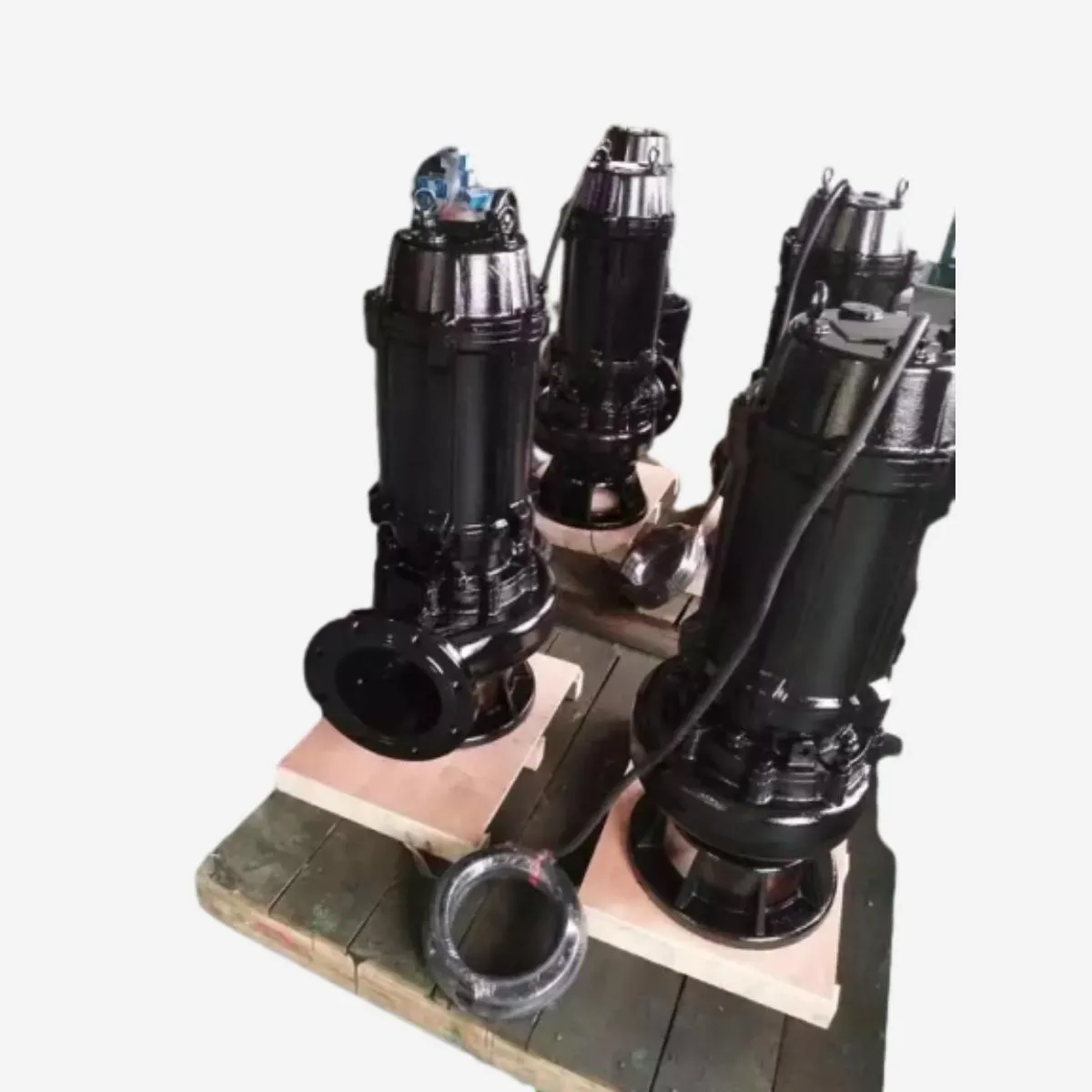English
- Afrikaans
- Albanian
- Amharic
- Arabic
- Armenian
- Azerbaijani
- Basque
- Belarusian
- Bengali
- Bosnian
- Bulgarian
- Catalan
- Cebuano
- Corsican
- Croatian
- Czech
- Danish
- Dutch
- English
- Esperanto
- Estonian
- Finnish
- French
- Frisian
- Galician
- Georgian
- German
- Greek
- Gujarati
- Haitian Creole
- hausa
- hawaiian
- Hebrew
- Hindi
- Miao
- Hungarian
- Icelandic
- igbo
- Indonesian
- irish
- Italian
- Japanese
- Javanese
- Kannada
- kazakh
- Khmer
- Rwandese
- Korean
- Kurdish
- Kyrgyz
- Lao
- Latin
- Latvian
- Lithuanian
- Luxembourgish
- Macedonian
- Malgashi
- Malay
- Malayalam
- Maltese
- Maori
- Marathi
- Mongolian
- Myanmar
- Nepali
- Norwegian
- Norwegian
- Occitan
- Pashto
- Persian
- Polish
- Portuguese
- Punjabi
- Romanian
- Russian
- Samoan
- Scottish Gaelic
- Serbian
- Sesotho
- Shona
- Sindhi
- Sinhala
- Slovak
- Slovenian
- Somali
- Spanish
- Sundanese
- Swahili
- Swedish
- Tagalog
- Tajik
- Tamil
- Tatar
- Telugu
- Thai
- Turkish
- Turkmen
- Ukrainian
- Urdu
- Uighur
- Uzbek
- Vietnamese
- Welsh
- Bantu
- Yiddish
- Yoruba
- Zulu
Telephone: +86 13120555503
Email: frank@cypump.com
Nov . 26, 2024 22:39 Back to list
An Overview of Vertical Turbine Mixed Flow and Propeller Pumps
Overview of Vertical Turbine Mixed Flow and Propeller Pumps
Vertical turbine pumps and propeller pumps are integral components within various industrial and agricultural applications, especially when dealing with water supply, irrigation, and drainage systems. Understanding the unique characteristics and functionalities of these pumps is critical to optimizing performance and efficiency.
Vertical Turbine Mixed Flow Pumps
Vertical turbine mixed flow pumps are designed to handle large volumes of water in applications requiring high efficiency and low energy consumption. These pumps are characterized by their vertical orientation, which allows for a compact design and effective use of space. The impeller of a mixed flow pump draws water axially and then directs it radially, combining features from both centrifugal and axial flow pump designs.
One of the primary advantages of mixed flow pumps is their ability to operate efficiently across a range of flow rates and heads. This versatility makes them suitable for applications such as municipal water supply systems, irrigation, and industrial processes. Furthermore, their design allows for installation in deep wells, making them a popular choice for groundwater extraction.
The construction of vertical turbine mixed flow pumps typically involves robust materials that can withstand corrosive environments, which is crucial for locations where water quality may vary
. The vertical design eliminates the need for a priming mechanism, reducing maintenance requirements and enhancing operational reliability.Propeller Pumps
vertical turbine mixed flow and propeller pumps an overview

Propeller pumps, also known as axial flow pumps, are another type of pumping technology designed primarily for high flow rates at lower heads. These pumps utilize a propeller (similar to that of a boat) to move fluid. The flow is directed axially, meaning the water enters and exits in a straight line, which permits the accommodation of significant volumes of fluid efficiently.
Propeller pumps excel in applications such as flood control, agricultural irrigation, and cooling systems in power plants. They are particularly effective in transferring water across short distances and are favored for their simple, straightforward design that allows for easy maintenance and operation.
The operational efficiency of propeller pumps can be significantly affected by changes in flow resistance and operating conditions; therefore, proper sizing and selection are critical to achieving optimal performance. Furthermore, propeller pumps can be employed in submerged installations, where they can remain operational even under varying water levels.
Comparison and Applications
While both vertical turbine mixed flow pumps and propeller pumps serve similar purposes, the choice between the two often comes down to specific application requirements. Mixed flow pumps generally offer higher heads and greater versatility, making them more suitable for deep well applications and scenarios where fluctuating demand is present.
In contrast, propeller pumps are particularly advantageous when high flow rates at low heads are needed. Their design allows them to handle large volumes of fluid with minimal energy input, which can lead to cost savings over time.
In conclusion, both vertical turbine mixed flow pumps and propeller pumps play essential roles in modern water management systems. Understanding their respective characteristics, advantages, and best-use scenarios can help engineers, operators, and facility managers make informed decisions, ensuring efficiency and reliability in their operations. Whether dealing with agricultural irrigation, municipal water supply, or industrial processes, selecting the right pump type is crucial to achieving optimal performance and addressing the challenges of water transportation effectively.
-
ISG Series Vertical Pipeline Pump - Chi Yuan Pumps Co., LTD.|High Efficiency, Energy Saving, Low Noise
NewsJul.30,2025
-
ISG Series Vertical Pipeline Pump- Chi Yuan Pumps|High Efficiency&Low Noise
NewsJul.30,2025
-
ISG Series Vertical Pipeline Pump-Chi Yuan Pumps Co., LTD.|High Efficiency&Energy Conservation
NewsJul.30,2025
-
ISG Series Vertical Pipeline Pump - Chi Yuan Pumps Co., LTD.|Advanced Hydraulic Design&Energy-Efficient Solutions
NewsJul.30,2025
-
ISG Series Vertical Pipeline Pump - Chi Yuan Pumps Co., LTD.
NewsJul.30,2025
-
ISG Series Vertical Pipeline Pump - Chi Yuan Pumps Co., LTD.|energy-efficient fluid handling&industrial durability
NewsJul.30,2025










